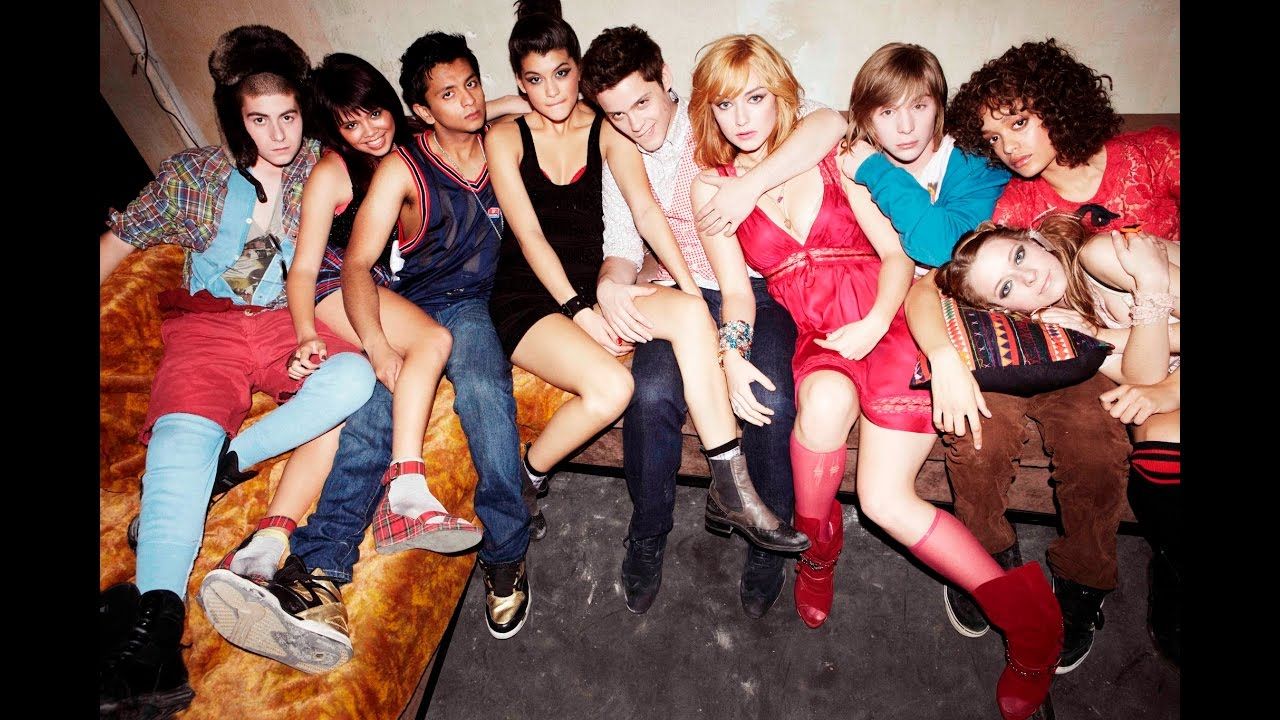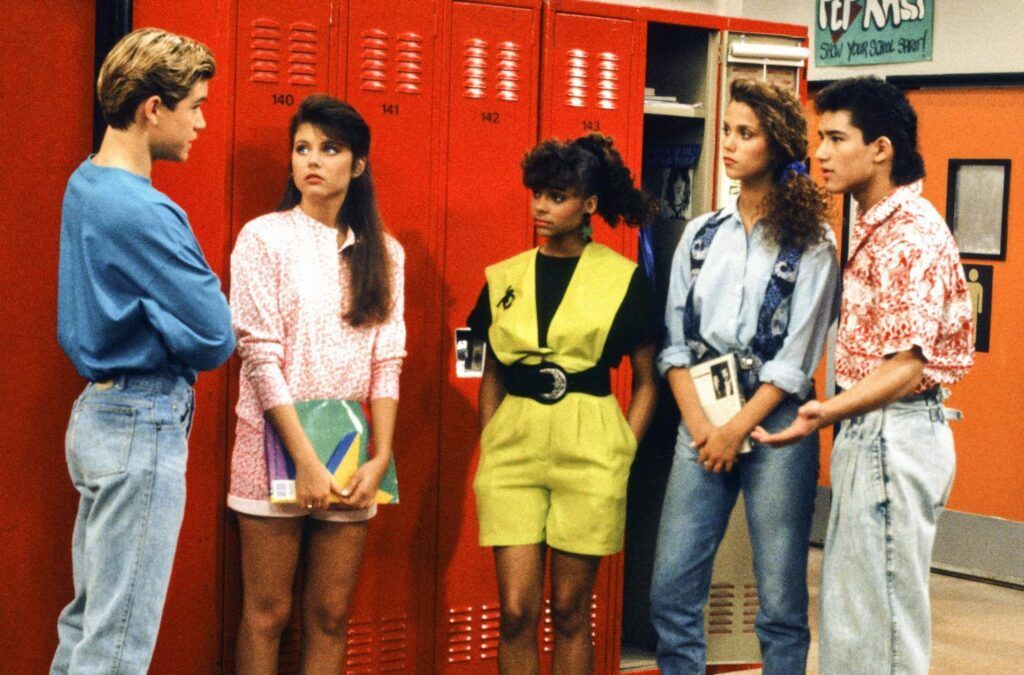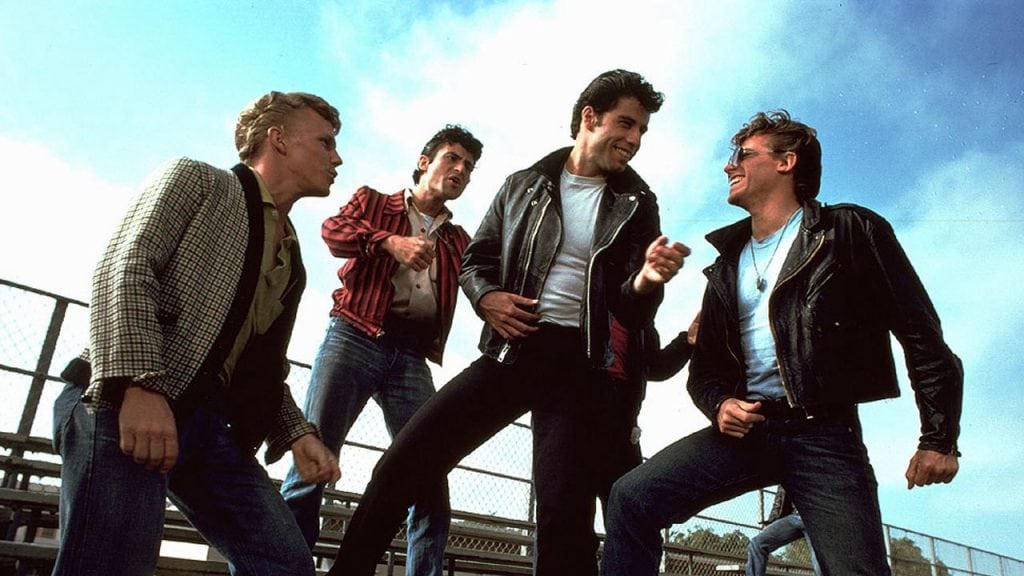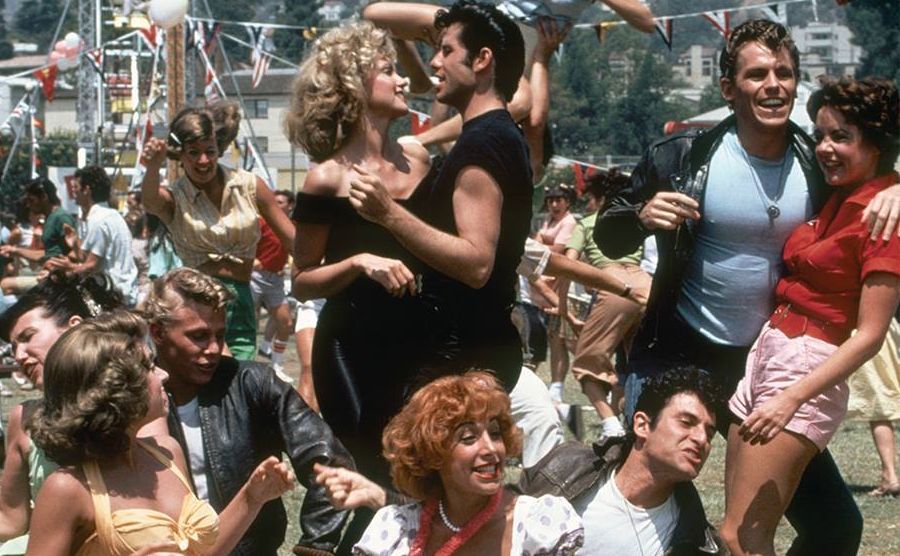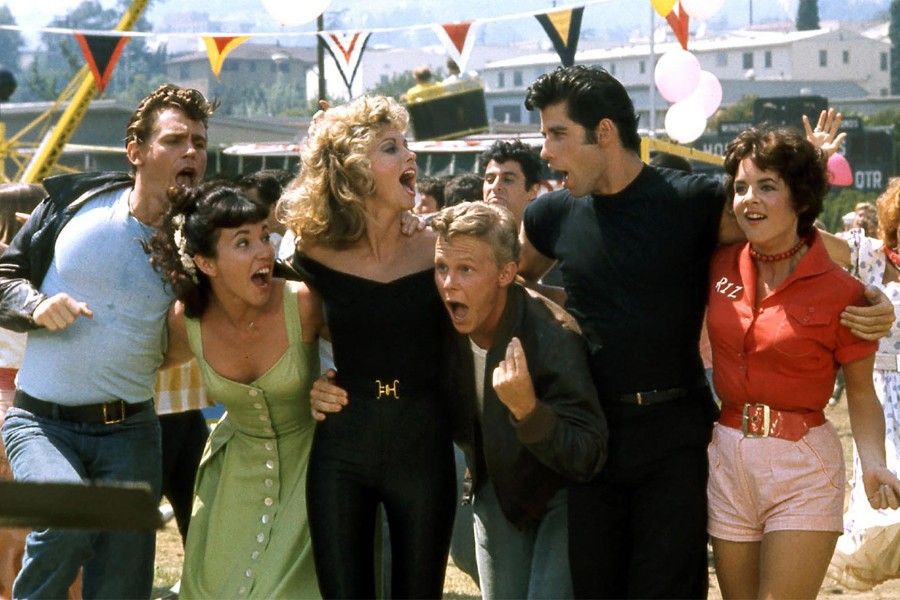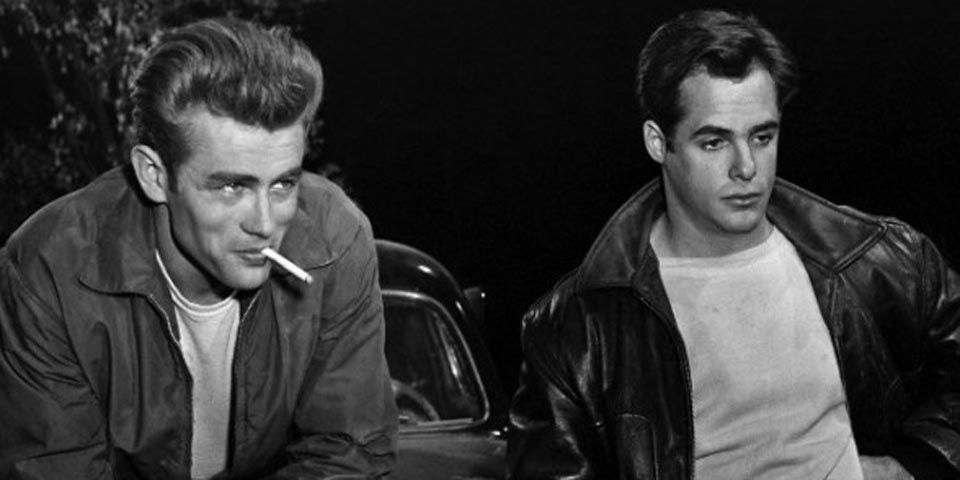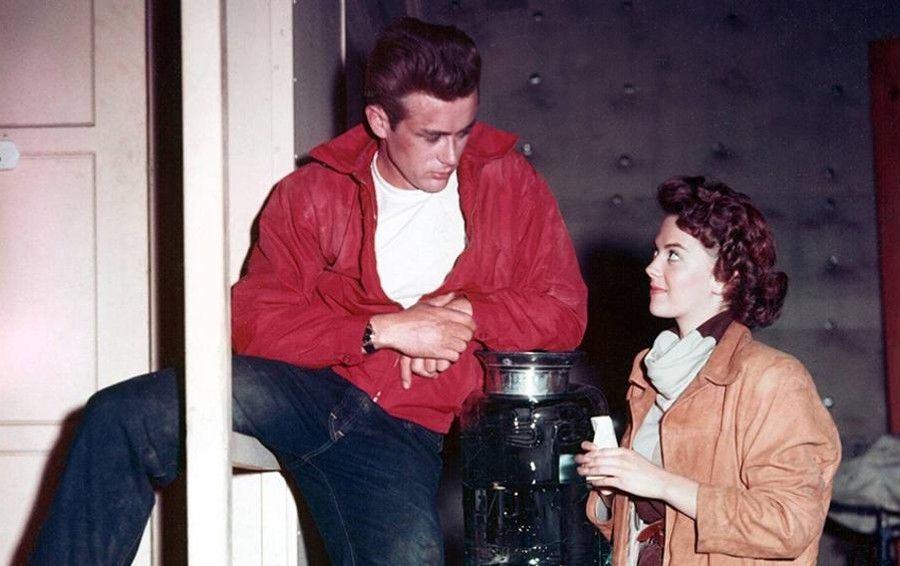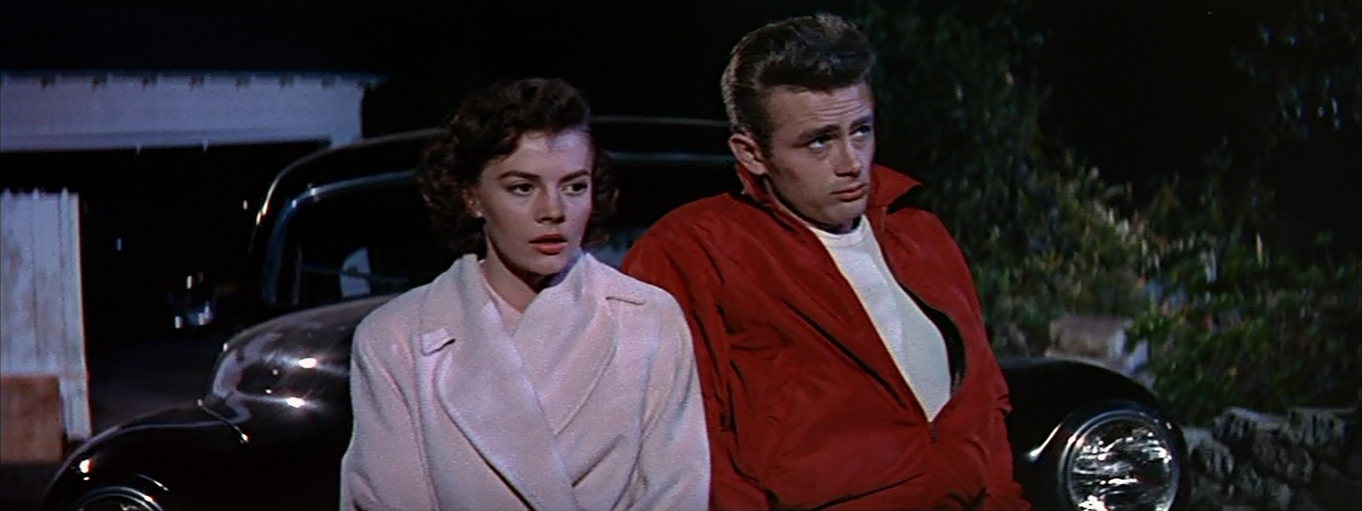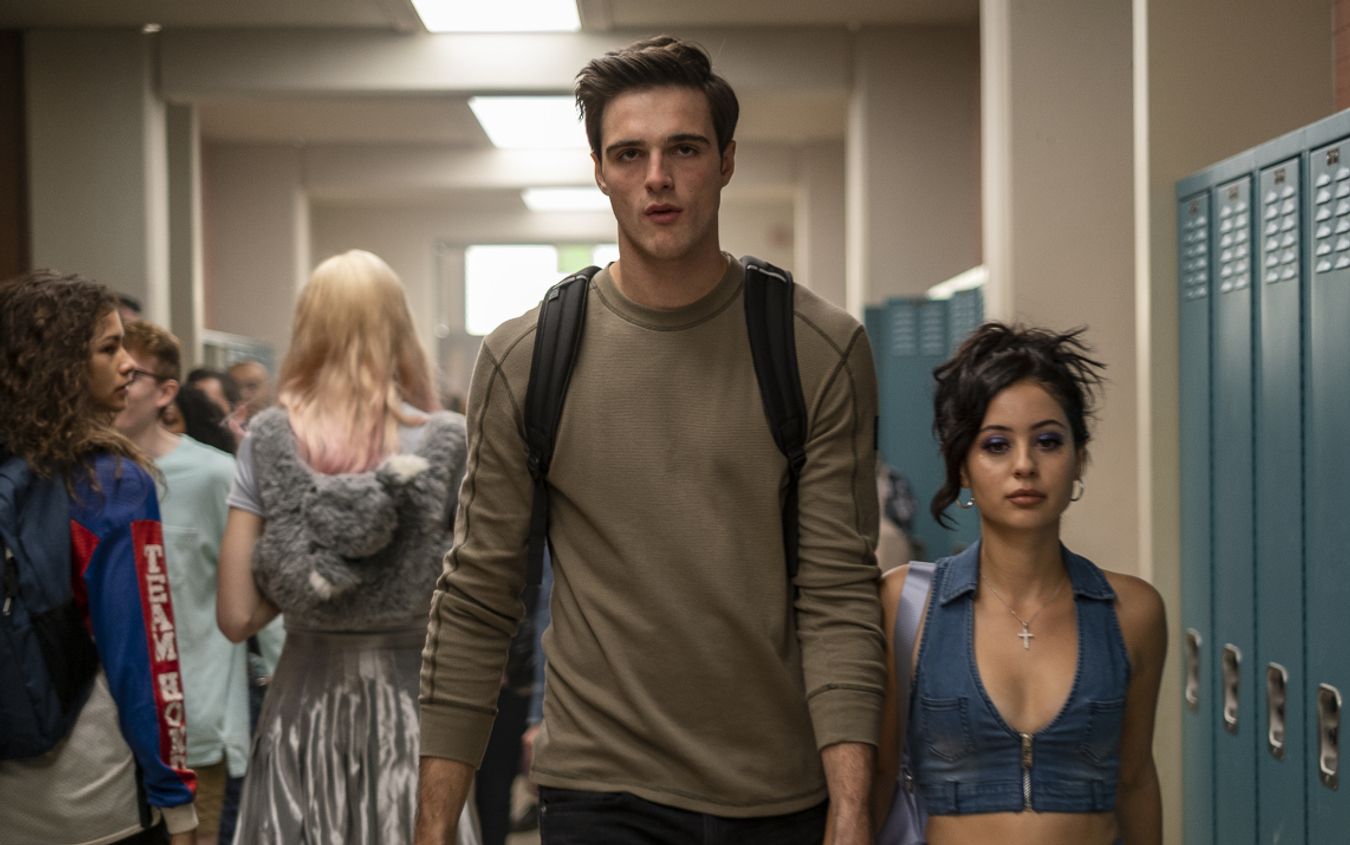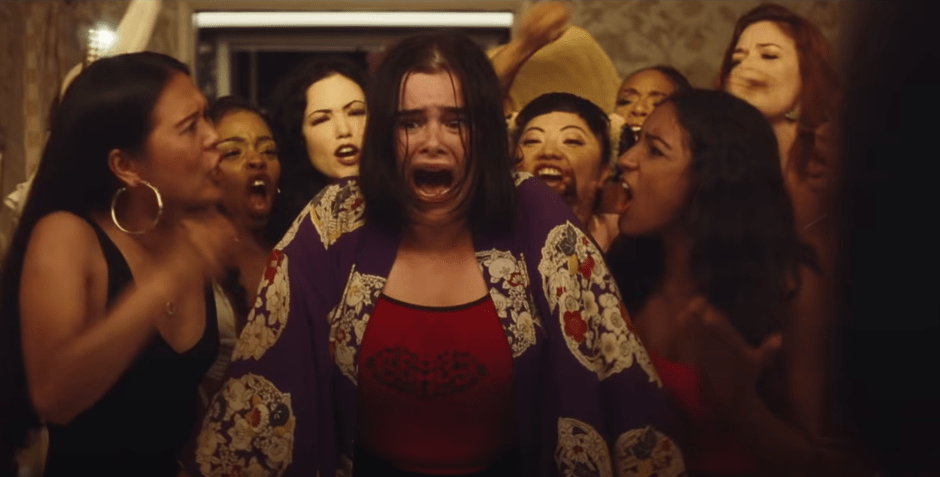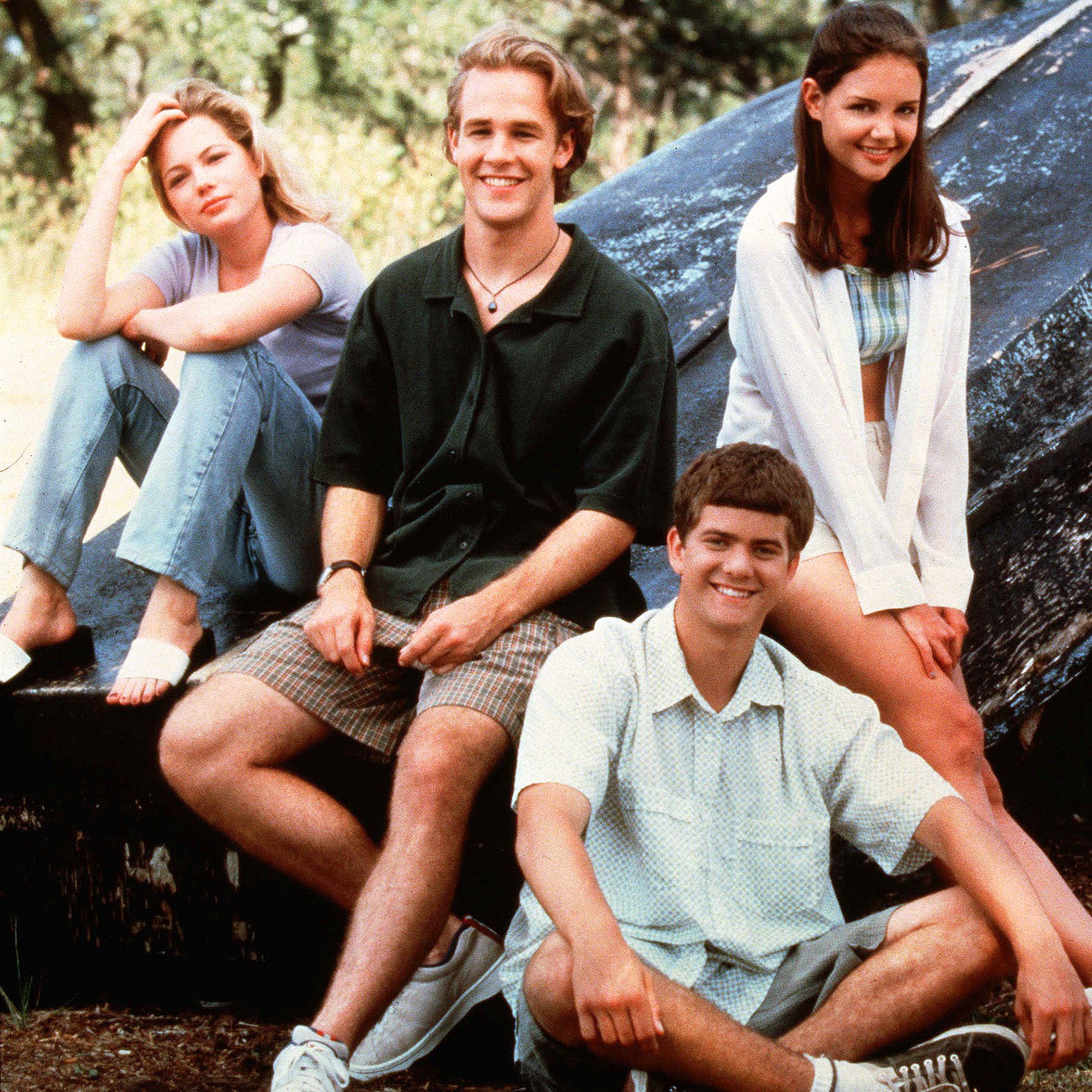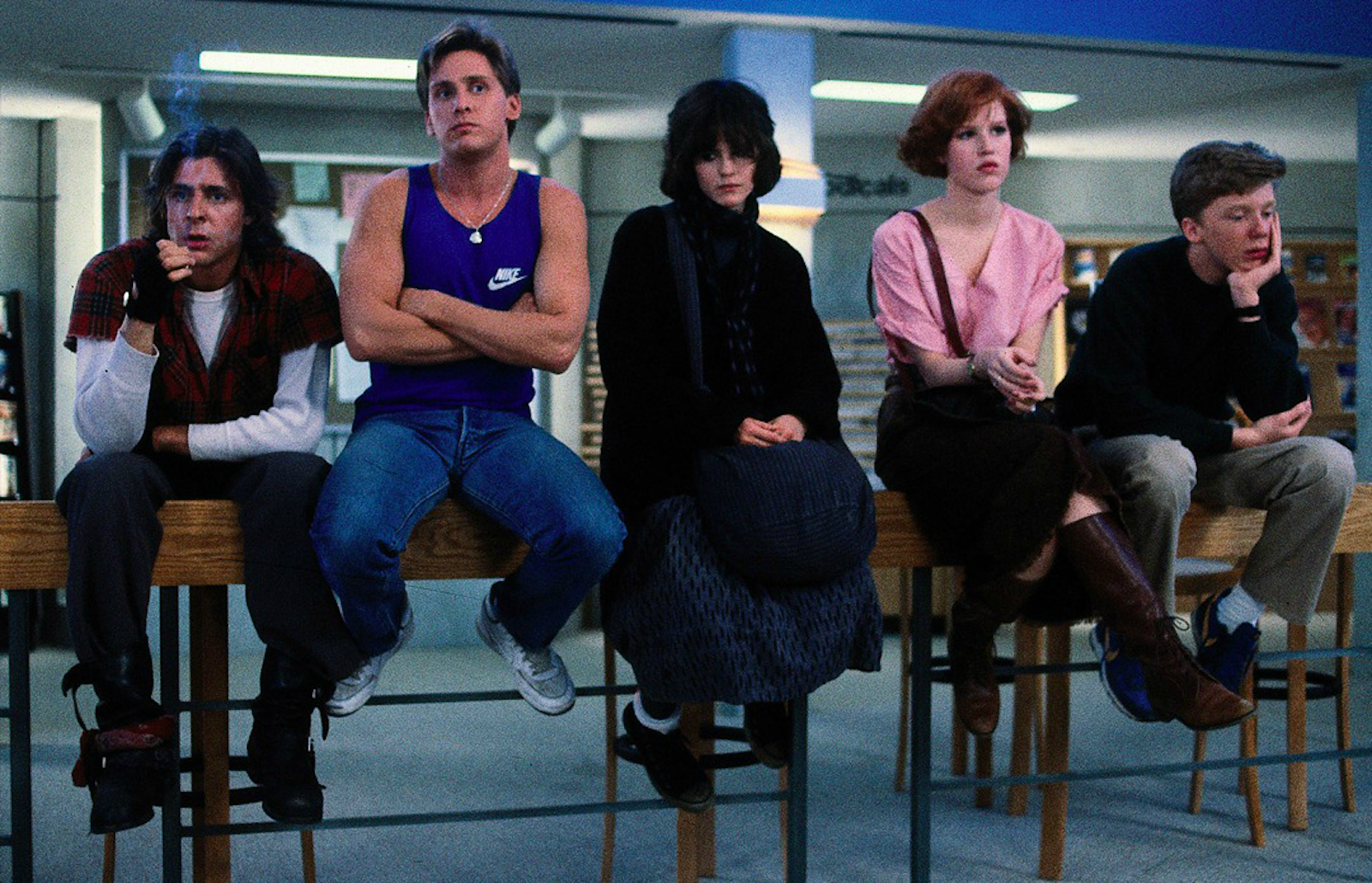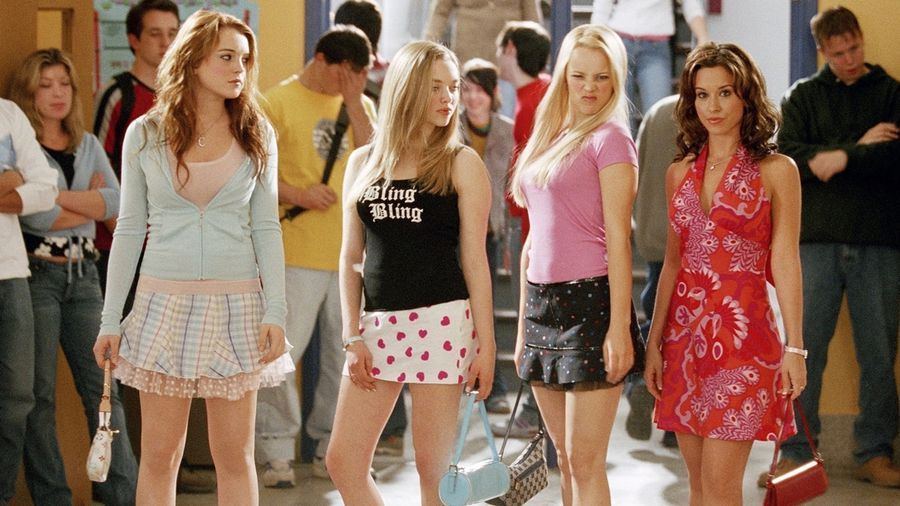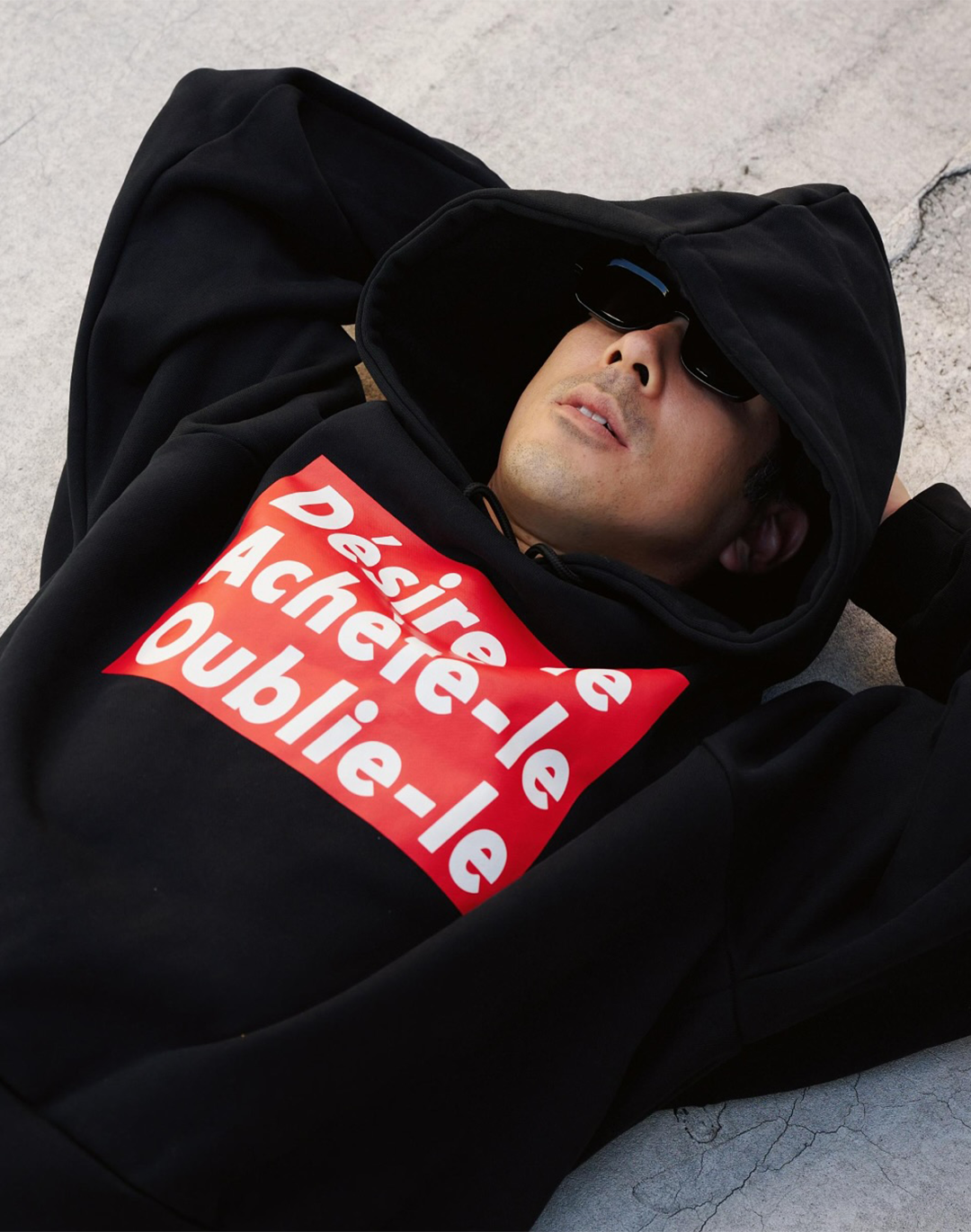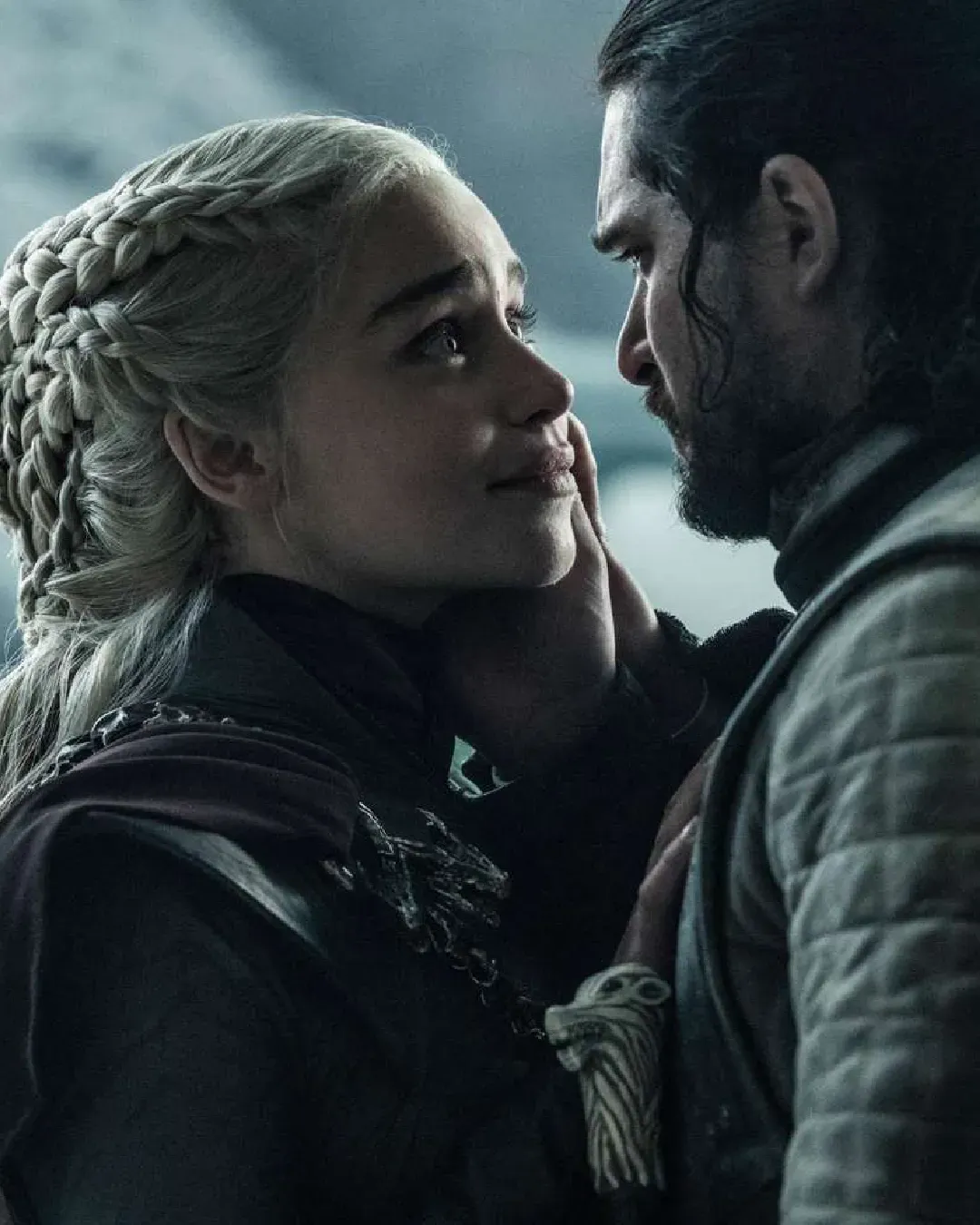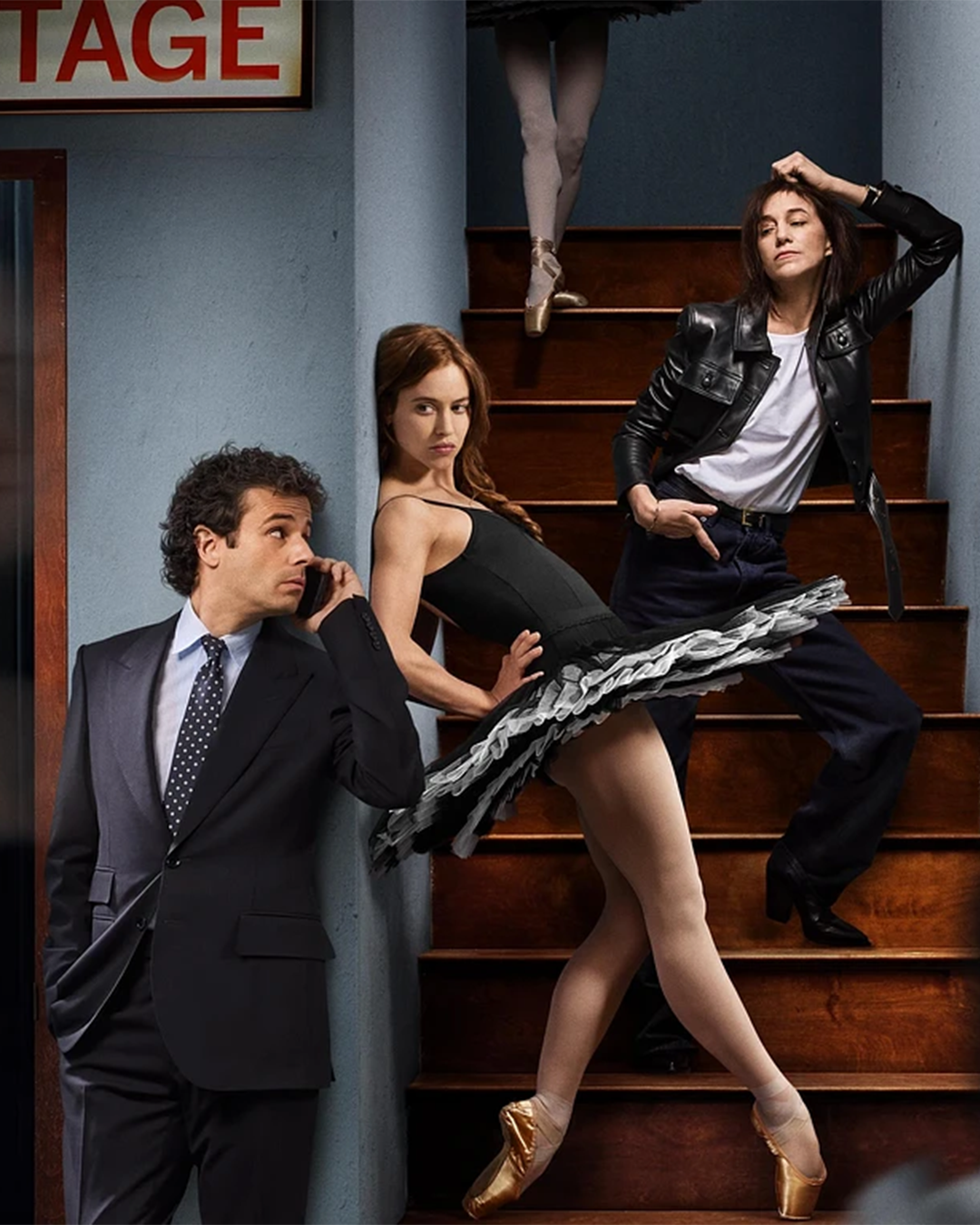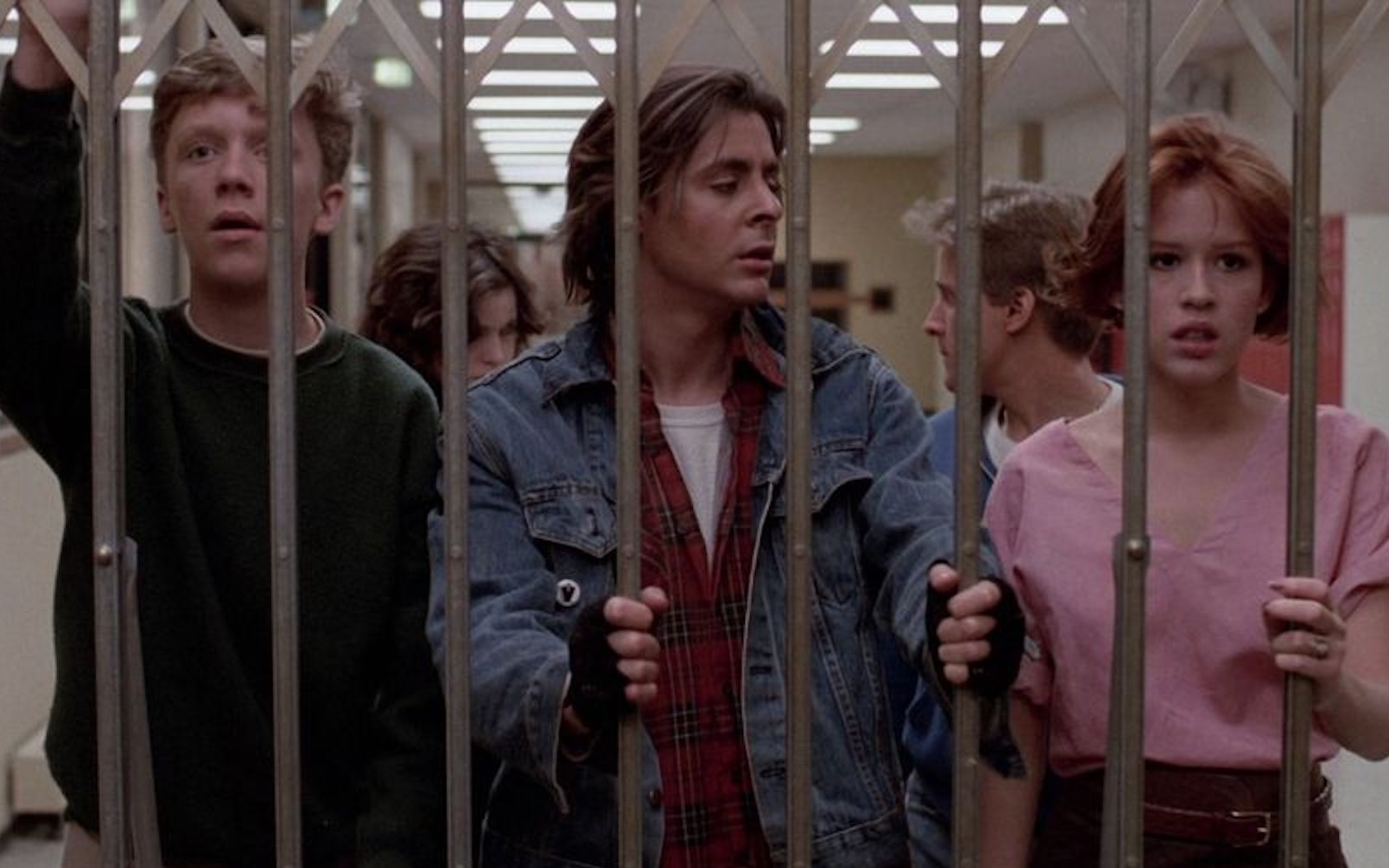
The representation of teenagers in pop culture From Breakfast Club to Euphoria, how the media has shaped our concept of youth
It was June 1945 - just a few weeks before the outbreak of Hiroshima and Nagasaki - when the New York Times triumphantly titled "teenagers are an American invention". To this day, the concept of teenager is so ingrained in our way of thinking that it seems strange to imagine that the term has not always existed or that it was even "invented", yet, adolescence as a category characterized by peculiar clothes, tastes, idols and ideals goes beyond the simple concept of "stage of life". From the Victorian era to the Tiktok generation, in each decade teenagers developed a way of dressing that reacted to social changes, until the advent of media and the fragmentation of post-modernism led to the frenetic succession of trends that now seems to be collapsing in on itself. But what exactly are young people? And how are they being represented?
During the Victorian era, with the gradual increase in mass production, trends as we know them today were born, while in the 1920s the American economic boom ensured a budding youth market. The style of young people becomes more and more distant from that of the rest of society: the years of jazz, of Fitzgerald, of the young "flappers" with bob hair and heavy makeup. But it wasn't until the 1950s that advertisers and marketing experts like Gilbert - author of the book Advertising and Marketing for Youth (1957) - identified American teenagers as the new "jackpot market" in size (15 million people) and spending power (estimated at over $9 billion a year in 1958 and rising to $14 billion in 1965). Over time, manufacturers, retailers, and advertisers increasingly targeted fashion for teens and pre-teens, encouraging them to purchase products ostensibly suited to older consumers, while teen fashions underwent the opposite process, climbing the age brackets and gaining much broader cultural appeal from the 1990s onward.
The growth of mass media was another crucial factor in the spread of teen fashion. Films and TV series such as Rebel Without a Cause, Grease, Breakfast Club, the Seventies Show, 90210, Dawson Creek, Skins, O.C or Gossip Girl have always influenced and inspired the way young people dress and behave. Over the years, however, the characters transmitted by the media have become so distant from the faithful representation of everyday youth that they have become more of a model to follow rather than an image in which to feel represented. The spread of teen magazines, movies, and TV music shows such as American Bandstand allowed the fashions of teen America to spread around the world and vice versa, while the teen drama genre began made its way onto television in the late 1980s and early 1990s with Saved by the Bell or Parents in Blue Jeans, a lighthearted portrayal of the youth of the time. Society found a winning alternative to this mostly erroneous and emphatic image in Dawson Leery in 1998. A new kind of high schooler who talked like a college-educated adult and acted like an angsty kid. Before long, the stereotype of the troubled high school boy as the protagonist of stories about sex, drugs, alcohol, and dramatic events peaked, making the trope so prevalent in pop culture that it was cloying.
In short, the portrait that society has painted of the average teenager is flawed, polarizing and full of unrealistic stereotypes that have become universally accepted, conditioning teenagers primarily in their self-representation. In this sense, a major problem is the significant age gap between the actors and the characters they should play, evident in the reboot of Gossip Girl, in which the teacher Kate Keller, played by Tavi Gevinson, is younger than his own students, as in Mean Girls in which the main characters are all over twenty years, up to Maddy of Euphoria, played by Alexa Demie che turned 31 last December. If in the various Disney Channel formats the age represented by the characters corresponded to the age of the actors, such as Selena Gomez, Hilary Duff and Miley Cyrus, the TV series and movies that have taken the trouble to represent teenagers outside of the Disney channel have never bothered to choose a realistic cast. Most teens in the real world are still in that awkward stage between prepubescence and adolescence, where having beautiful, wealthy 20-somethings as ideal figures does nothing to quell the insecurity typical of that age.
If in 1957's Breakfast Club the stereotype of high school was portrayed as the realm of cliques and bullying, boxing the characters into "a nerd, a jock, a cheerleader or a criminal", Secret History of an American Teenager, Skins, Euphoria, brought to the attention of mainstream audiences the frailties of a difficult age we often forget we've lived through. If Skins was raw, emotional and disturbing at the same time in projecting every "teenage problem" onto its British cast, it still managed to tell often heartbreaking stories without trivializing them. A decade later, Euphoria pushes the same stereotypes to excess, almost inciting viewers to reproduce behaviors that are often distant from the reality that young people live. The Fraydaysforfuture generation thrifting in Sunday markets is light years away from the elite luxury and drama of Euphoria. Yet sex, drugs, mental illness, marginalization, conflicts with parental figures and insecurities related to a changing body have finally found their place in a society where paradoxically the young are getting older and the old are getting younger.










































